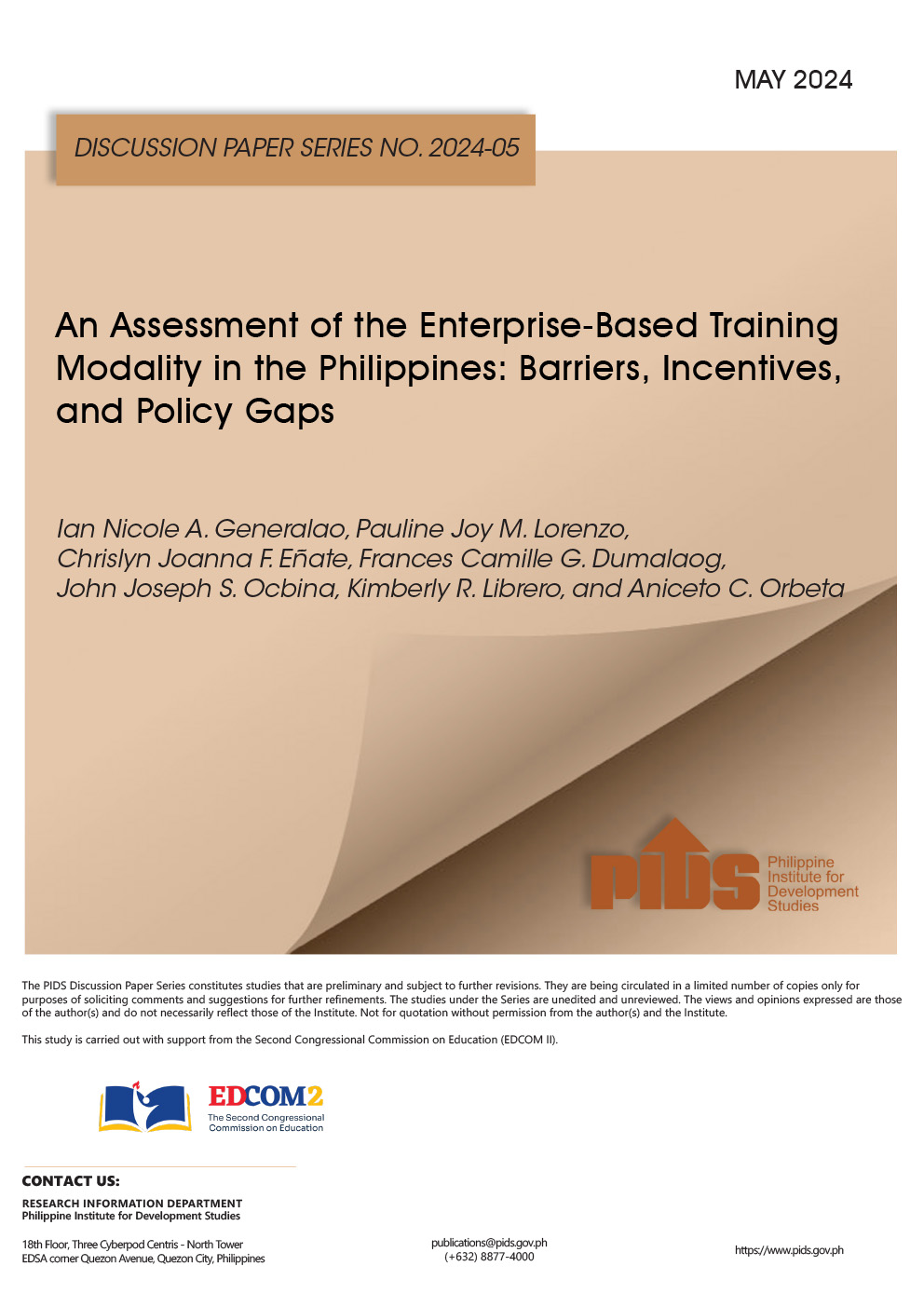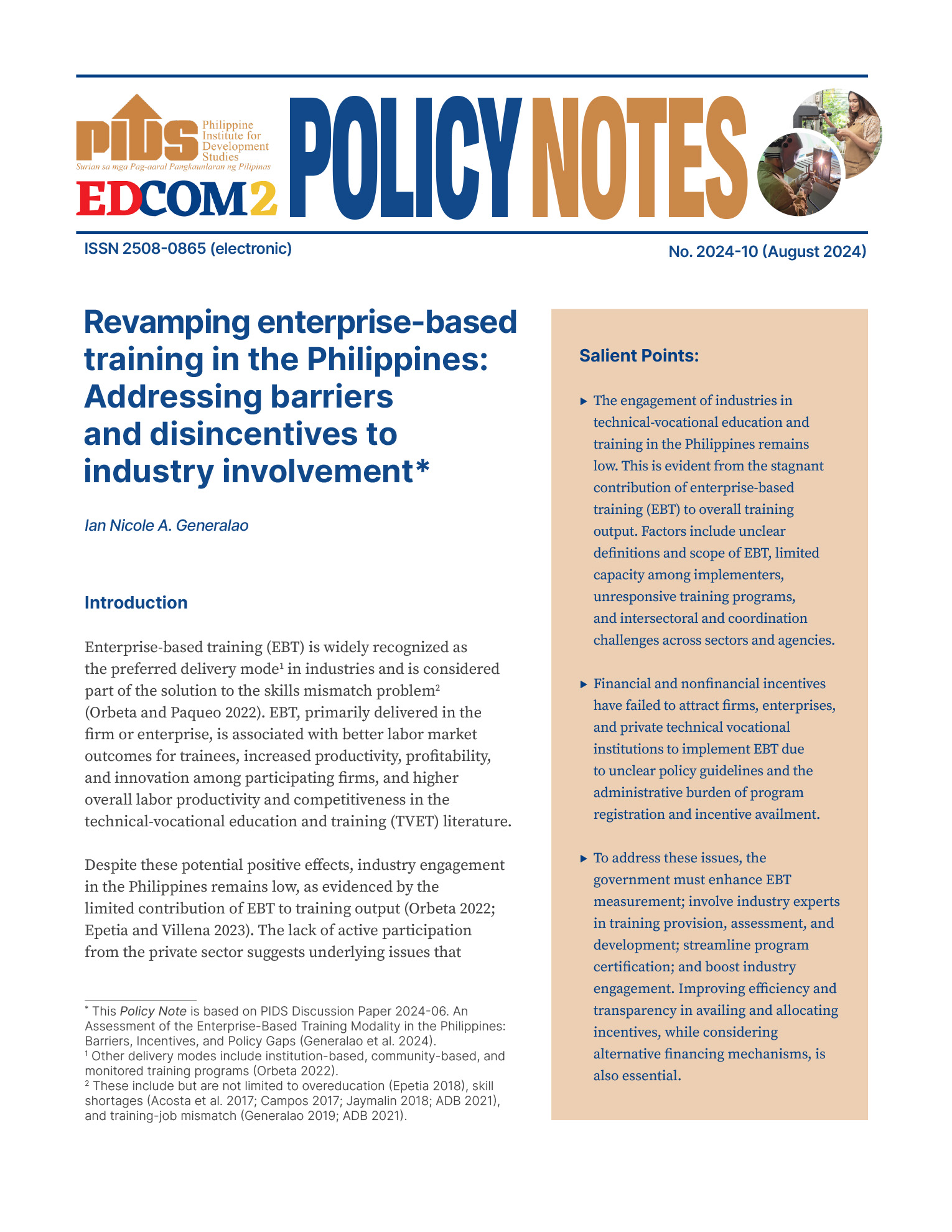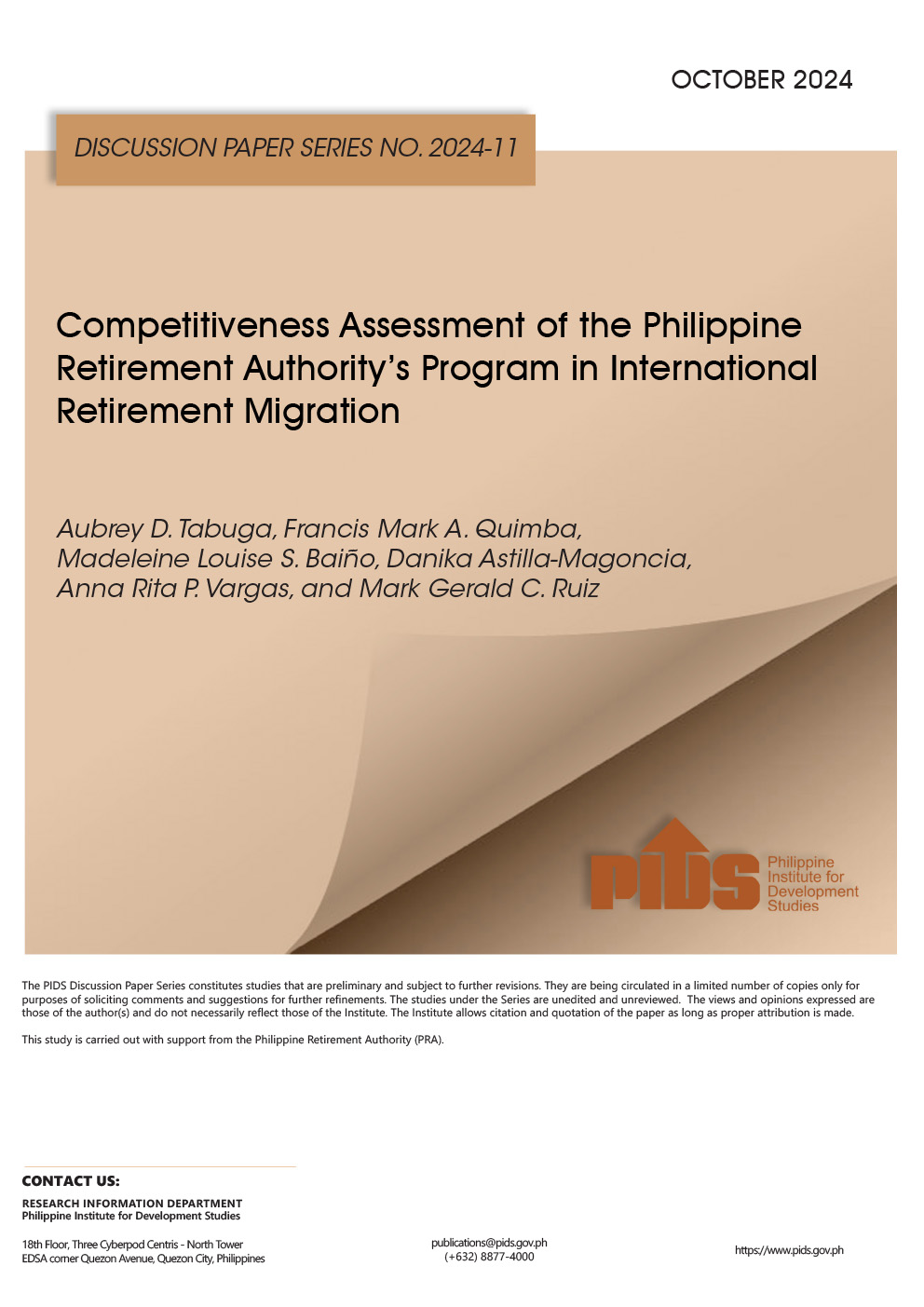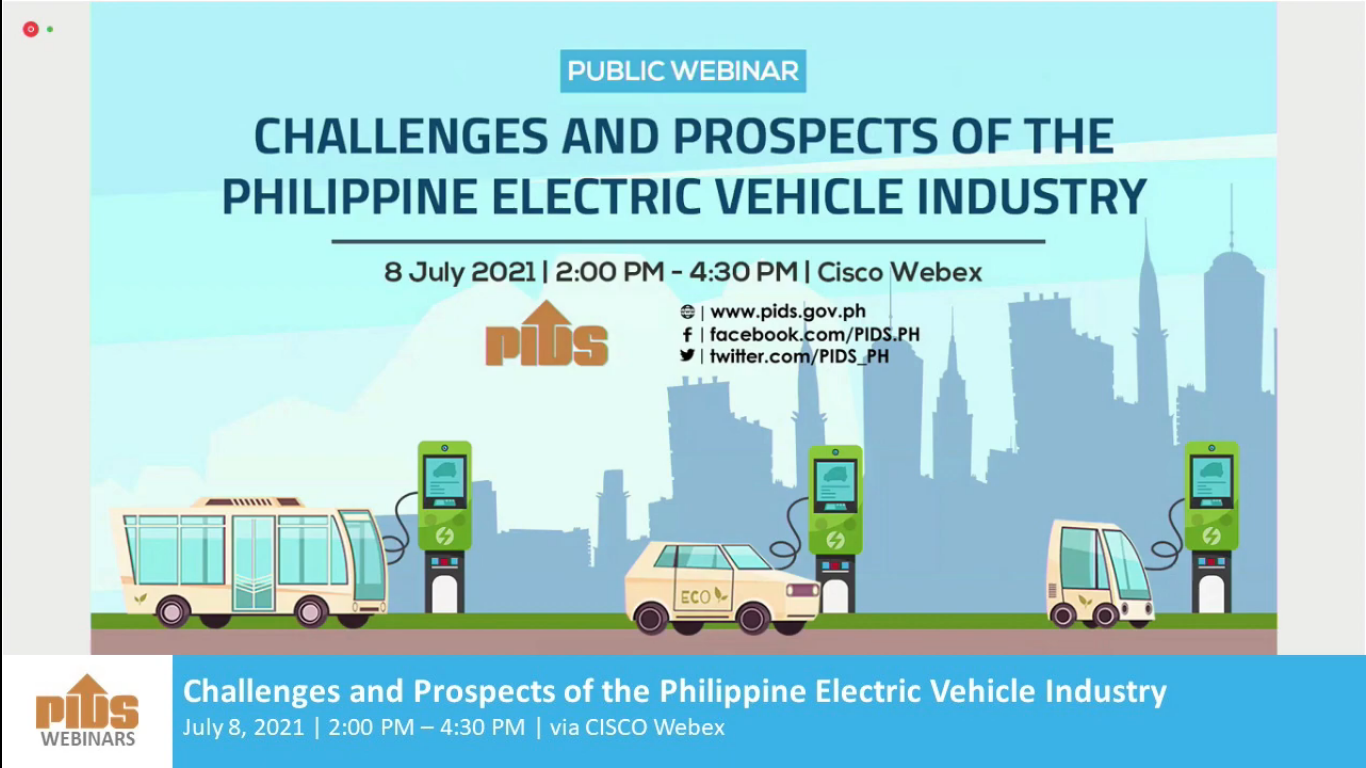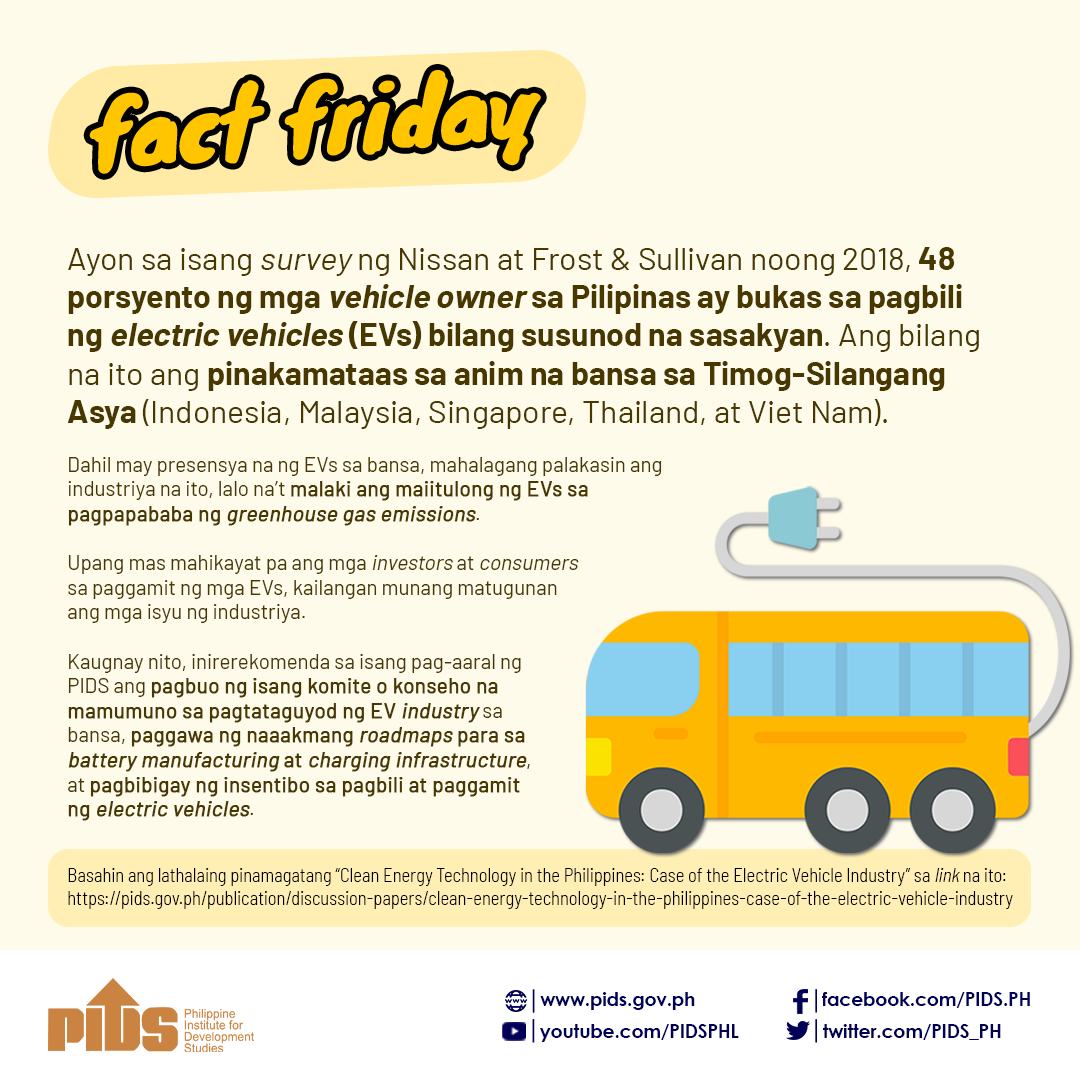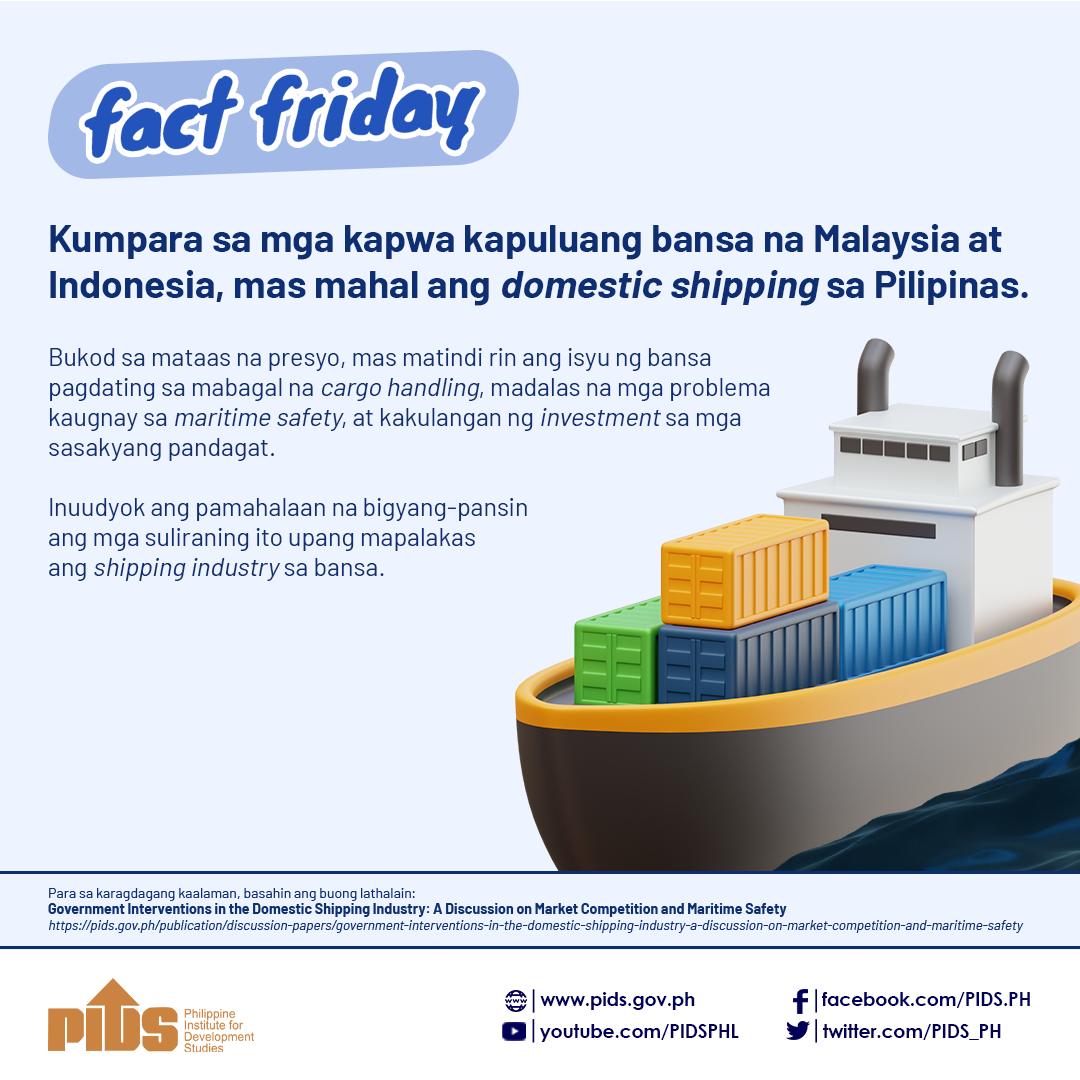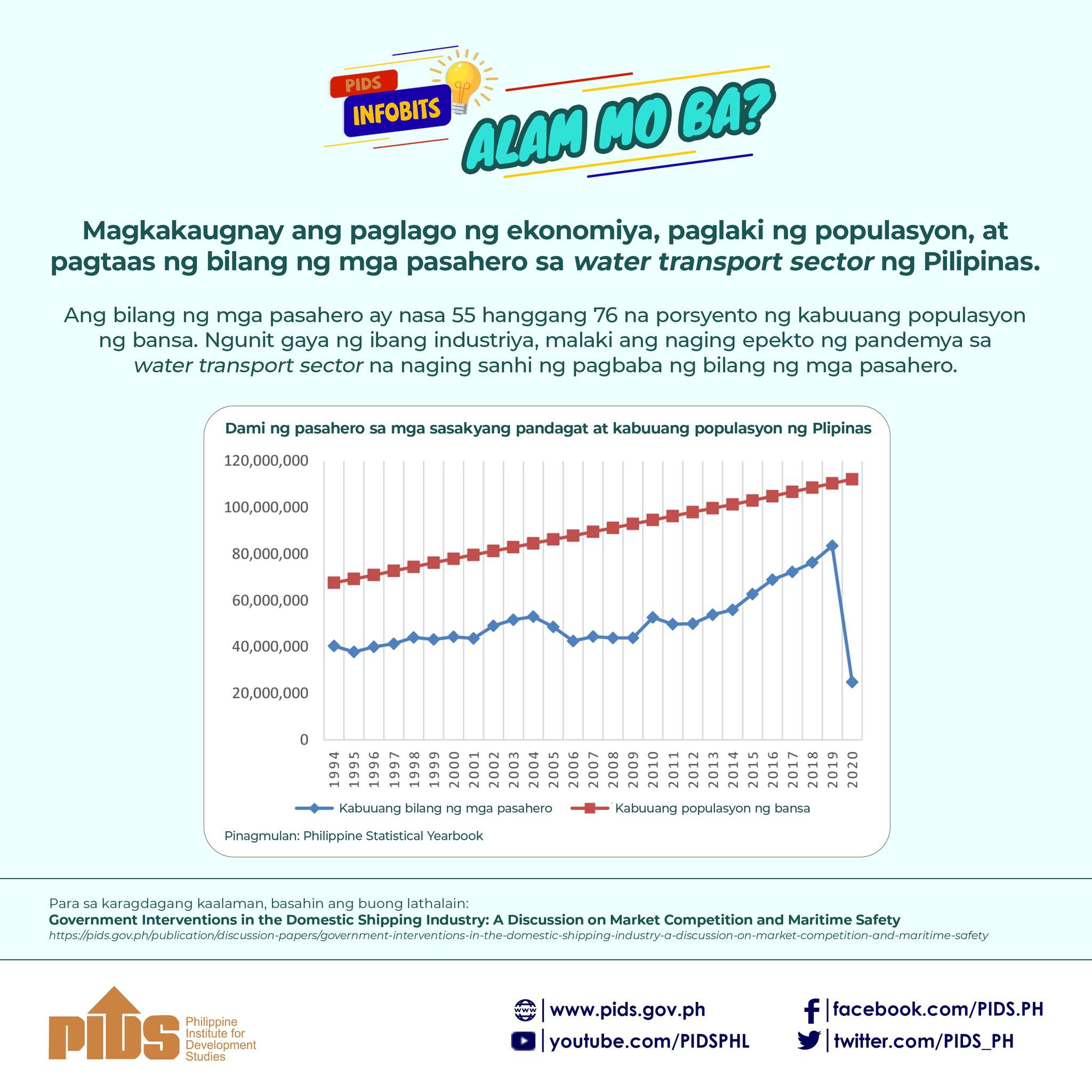MANILA, Philippines - The Philippine coconut industry is an export-oriented sector. 1 It has about 3.5 million coconut farmers and 26 percent of the total agricultural land is devoted to coconut farming alone.
This industry also contributes an annual average of 5.97 percent to the country’s (GVA) gross value added and 1.14 percent to (GNP) gross domestic product.2
Coconut regions, though one of the most productive industry, host the largest number of rural poor3 and around 60 percent of the farmers and workers under this sector live below the poverty line.4 Problems vary from poor farm management practices, natural calamities, land conversion and pest and diseases.5
Super Typhoon Yolanda (Haiyan), which devastated several islands in the Visayas in 2013, damaged 15 million coconut trees. This year another calamity hit the industry. A pest outbreak has almost wiped-out the coconut trees in Region IV-A.
The case of the coconut scale insect
The massive infestastation of CSI was first detected in 2010. Pest control measures have been done after its identification, but the insect thrived and more than a million coconut trees were infested.
Researchers started to re-investigate the situation. The CSI, commonly known as cocolisap is a common coconut pest. It looks like fish scales and has the ability to reproduce for a month.
They are commonly found under the coconut leaves. Local species usually thrive during dry season and die out during the rainy period. This, on the other hand, is no ordinary species.
Early this year, researchers from the UPLB went to Indonesia to get CSI samples and validated the pest’s identity through DNA testing. The results were positive.
Together with the local species Aspidiotus destructor, another CSI species, Aspidiotus rigidus has been identified as another outbreak species. Hence, a different approach was developed to manage the pest.
The delimiting survey
The University has been the source of scientific information that has guided the Philippine Coconut Authority (PCA) on its operation against the pest.
The Crop Protection Cluster of the College of Agriculture, headed by Dr. Celia Medina, has spearheaded several research and development (R&D) projects to address the threat since 2010.
In February 2012, Dr. Medina’s team proposed an action project to control the CSI infestation in southern Luzon.
In January 2013, Agriculture Secretary Proceso Alcala granted a P2 million research fund for UPLB to conduct research on taxonomy and development of mitigation measures.
By December 2013, UPLB produced one of its most important contributions on CSI control — the method of conducting delimiting survey.
PCA now can rapidly assess CSI infestation at an early stage while the leaves are still green.
Samples are transported and analyzed at UPLB, and results are then forwarded to PCA, which then sends a quick response team if results prove to be positive.
Mapping the infestation also led to the identification of three zones: (1) Outbreak areas where infestations need massive control.
(2) Non-outbreak areas where infestation is just starting.
(3) High risk areas. These areas are treated differently.
Saving the coconut industry
The massive treatment of cocolisap (coconut scale insect) infested areas around Region IV-A started on June 20, 2014.
Simultaneous pruning and trunk injection was done in highly affected provinces of Quezon, Batangas, Cavite and Laguna.
The treatment will last for six months until all infected areas are covered. Dr. Medina said that the pesticide would stay in the coconut’s system up to 50 days. Beyond that, the nuts can be safely harvested.
Before the activity started in Sta. Cruz, San Pablo, Laguna, demo on pesticide application and farmer’s forum were done to clarify protocols.
Farmers were also able to ask questions to understand the process behind the treatment during the forum.
"When we talk about agricultural competitiveness, it is not just about the number of technologies developed or the methods used. It should be stakeholder oriented too.”
According to Dr. Susan Bacud, who specializes in community pest management, to further strengthen agriculture, socio-economic research should be done.
Technology is very important, but the people — the farmers, who will use this technology should also be highlighted, Bacud said, adding that stakeholders should be prepared in terms of calamities and pest outbreaks.
Furthermore, Bacud added, stakeholders should be able to do their own pest management strategies and be constantly informed.
She stressed that an important scheme to control pest is timely reporting. Once a pest occurence is noticed, farmers should be able to easily communicate with agriculture technicians and researchers.
Reporting is one way to prevent outbreaks and farmers should be able to do that.
Bacud concluded that the end goal of agricultural technology should be farmer empowerment.
References
1 Philippine Coconut Authority (2013). 2013 Outlook for the Coconut Industry. Manila. Retrieved from http://www.philexport.ph/c/document_library/get
2 Coconut Statistics. (2014). Retrieved from Philippine Coconut Authority: http://www.pca.da.gov.ph/cocostat.php
3 Dy, R. (2006). The Philippine Coconut Industry: Performance, Issues and Recommendations. Retrieved from http://www.scribd.com/doc/4938753/The-Philippine-Coconut-Industry-Perfor...
4 Development Imperatives for the Philippine Coconut Sector. (2009). Retrieved from The Caucus of Development NGO Networks: http://code-ngo.org/home/images/stories/pdf/DevelopmentImperativesforthe...
5 Aragon, C. (2000). Coconut Program Area Research Planning and Prioritization. Discussion Paper 2000-31. Philippine Institute for Development Studies. Socio Economic Research Portal for the Philippines.

